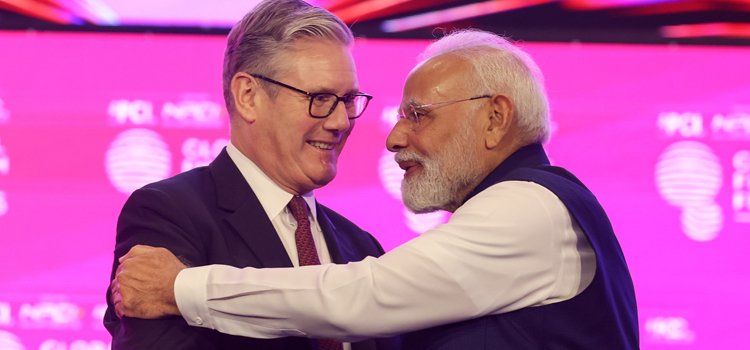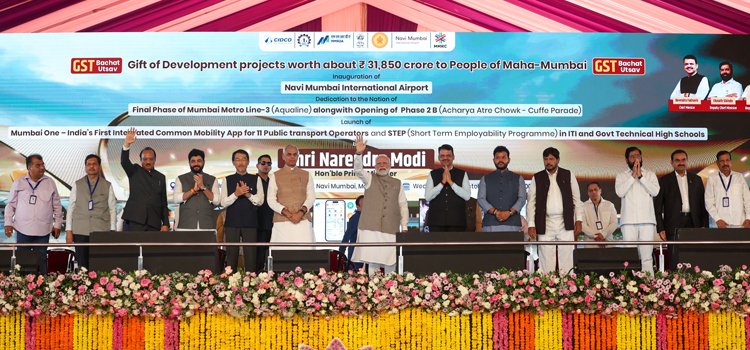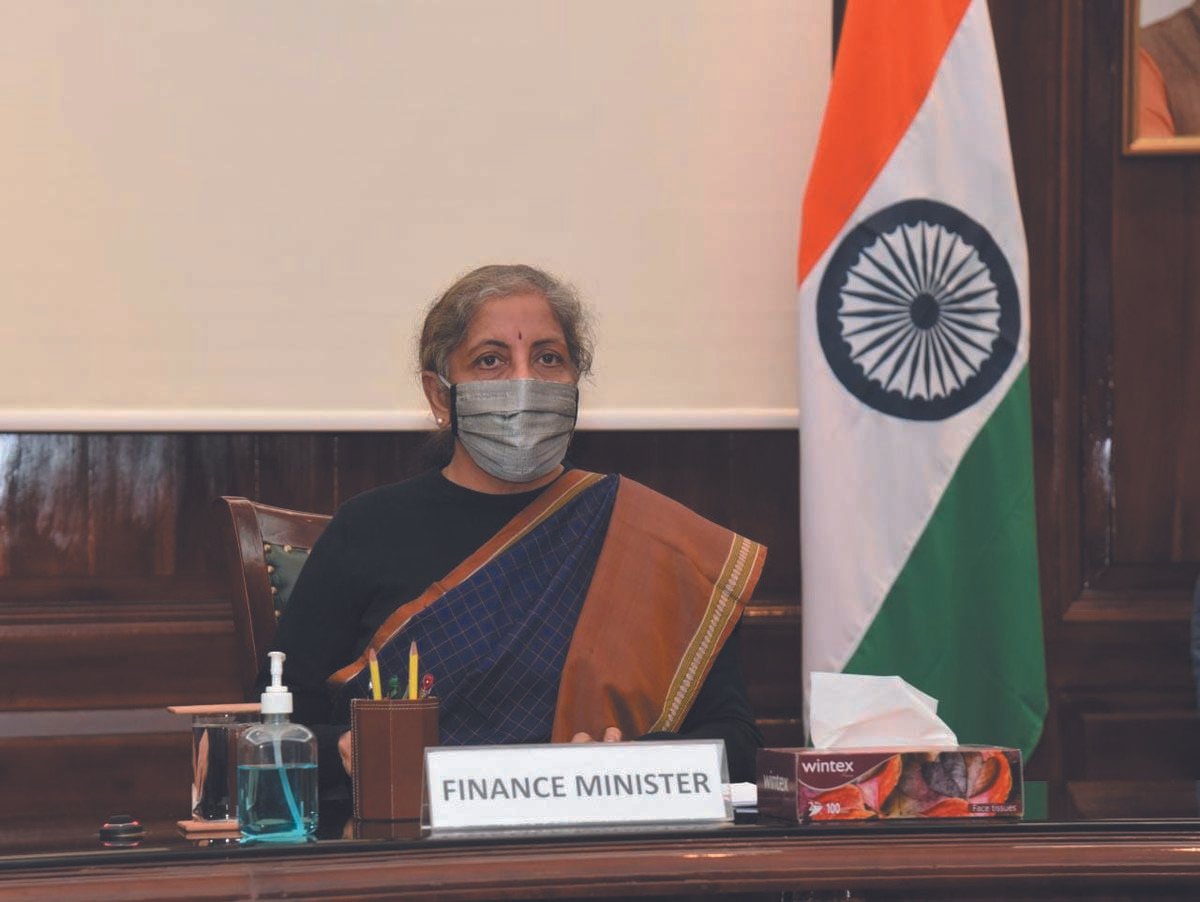INFRASTRUCTURE
A 5G Boost For Telecom: The success of auction seems to revive the sunrise sector
- IBJ Bureau
- Aug 06, 2022

India’s
biggest-ever auction of 5G telecom spectrum has ended on a bullish note. The
auction came to an end after 40 rounds of bidding spanning over seven days. The
success of the auction is clearly visible in Rs 1,50,173 crore of revenue that
it brought to the government. The revenue accrued to the government this time is
almost double the Rs 77,815 crore generated from 4G auction in 2021. Moreover, 51,236
mhz of the 72,098 mhz of spectrum on offer – amounting to 71 per cent – was
sold.
As
expected, Mukesh Ambani’s Reliance Jio cornered nearly half of all the airwaves
sold with a Rs 88,078-crore bid. Sunil Bharti Mittal’s Bharti Airtel made a
successful bid of Rs 43,084 crore, while Vodafone Idea bought spectrum for Rs
18,799 crore. Gautam Adani’s group paid Rs 212 crore for 400 mhz, or less than
1 per cent of all spectrum sold, in a band that is not used for offering public
telephony services. The Adani Group’s telecom moves will continue to be keenly
watched as there are speculations that the business conglomerate may gradually
move to public telephony from the current captive use.
With
the end of the 5G auction, India has finally taken the first step towards
launching high-speed telecom services. 5G networks offer speed that is ten times
more than that of 4G, and lag-free connectivity is also ensured. 5G can enable
billions of connected devices to share data in real time. India is expected to
make up for being late to the 5G party with a shorter rollout time. The country
stands to gain from manufacturers ramping up shipments of 5G-enabled mobile
handsets, whose prices are also falling.
The
successful conclusion of the 5G auctions has an important lesson for the
government. It is quite noteworthy that the premium spectrum in the 700 mhz
band witnessed better sales, especially with Reliance Jio aggressively bidding
and winning substantial radio waves in the premium band. This contrasts with the
previous two auctions, which did not find any takers for the 700-mhz spectrum.
It clearly shows that industry would respond favourably if policies and prices are
realistic.
Unfortunately,
for a long time, the government treated spectrum as a revenue-generating
machine. The success of this auction clearly shows that the government does not
lose out if policy measures are aimed at bringing a balance between the
interests of the exchequer, industry and consumers.
A
lot of right measures went hand in hand for the auction to succeed. The TRAI lowered
the reserve price by around 39 per cent across bands. It also changed the
methodology of arriving at the base price. Past auction prices were not used as
benchmarks if the entire spectrum on sale in a given band had not got sold
earlier.
Besides,
the Centre’s move to ease regulatory norms around payment of dues, including a
four-year moratorium on outstanding payments, came as a breather to telecom
companies. Redefinition of adjusted gross revenue to prospectively exclude
non-telecom earnings allowed them to spread liabilities over a staggered period.
A policy decision to return bank guarantees to telecom companies and scrap spectrum
usage charges enhanced their liquidity position and facilitated them to
participate in the 5G auction confidently. Separately, increase in tariffs by
telecom companies also helped lift their average revenue per user and boosted their
margins.
The success of the 5G auction could not have
come at a better time. Just months ago, the telecom sector looked like turning
into a duopoly with Vodafone Idea almost on the verge of winding up. The 5G
auction seems to have dispelled all the gloom and looks to revive the sunrise
sector.





















Report By
View Reporter News